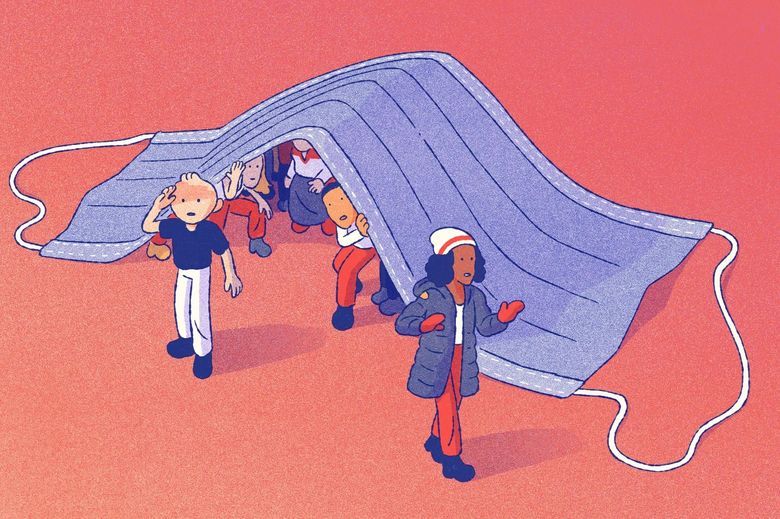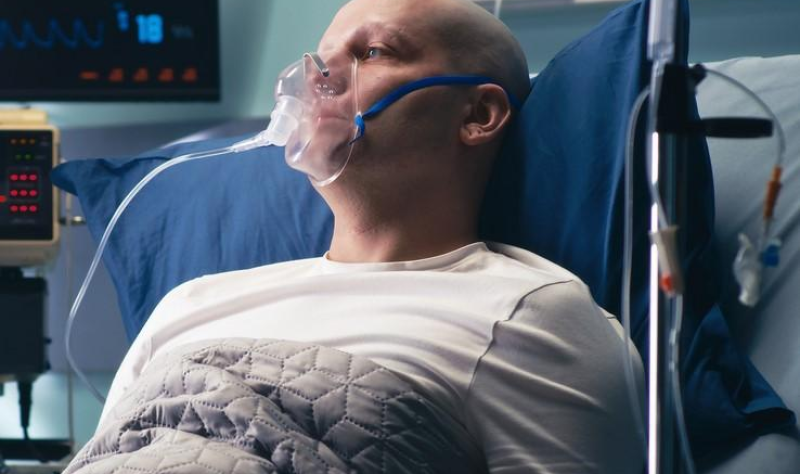When Allan Kinyua arrives for his evening shift at the UW Medical Center near Northgate, the special care unit buzzes with energy. Staffers cart meals and medical equipment in and out of patient rooms, pausing occasionally to check records and doctor notes.
Kinyua, a certified nursing assistant, is in charge of eight of the 17 patients. One has COVID-19. Another is legally blind and coming from the intensive care unit. Some need assistance breathing or help going to the bathroom. Many have heart or lung issues.
Evening after evening in early 2020, Kinyua would start a shift by taking a COVID patient to the bathroom. By morning, they’d be intubated. When he would return the following night, the patient would be dead, the room already getting prepped for the next one.
Since then, more than 13,000 Washingtonians have died from COVID. Still, Kinyua, who moved from Kenya 3½ years ago, has pushed forward in the health care field, even deciding last year to pursue his nursing degree in an accelerated program.
As thousands of students like him finish their classes this summer, the state’s newest crop of registered nurses will start to bolster the strained health care systems throughout the region.
While omicron’s contagious subvariants led to a spring surge of infections and hospitalizations, COVID antivirals became more accessible and deaths stayed low. But it’s still a difficult time for health care staffers while patients, now mostly people whose conditions have worsened after delaying care, continue to pour in.
“I think back to when I graduated from nursing school” about 30 years ago, said Darcy Jaffe, senior vice president for safety and quality at the Washington State Hospital Association. “There were staffing shortages back then as well, but we didn’t have as much unknown as we have right now about what health care is going to look like in the next few years,” she said.
Read the story here.




